Driveclub: The insane levels of detail in PS4's new racing franchise
If the devil is in the detail then Driveclub is racing through Hell. This is how Evolution builds cars, recreates the handling and brings race courses to life.
Each car is typically built from 260,000 polygons
It takes seven months to build a car for Driveclub. From licensing, photo referencing, gathering 3D CAD data (the data manufacturers use to build a car in real life) to production and final approval.
"We obsess over detail. As it's new PS4 IP we started from the ground up and didn't look at it as regurgitating PS3 assets to PS4," says Neil Massam, principle vehicle artist on Driveclub.
"We started from the ground up and didn't look at it as regurgitating PS3 assets to PS4."
Car damage doesn't affect the racing though, because these vehicles are licensed.
"The thing with damage is we don't want it to be detrimental to the gameplay and we want to be sympathetic to the car manufacturers. You still need to recognise the car, we don't want body parts to fall off."
Driveclub's car models are better than the manufacturers models. By a considerable margin.
"We do get CAD data from the manufacturers but that can't be used because it's not optimal. It's just highly tessellated geometry which could be used for rendering purposes but not for games. We use that to closely match our model against that.
"Side by side I could show you a screenshot but there's no comparison. At the approval process manufacturers go quiet… it's their car on screen basically. It's not a photograph, it's a car. Approval has been so easy, it's so close they can't object about anything."
Hard to handle
Driveclub cars are tested flat out on a straight track up to top speed and then brake as hard as possible for a full rundown of performance. This is then compared to the manufacturer's performance. Braking isn't based on real-world driving though, because it's too difficult in a game to judge where to stop.
"We don't want this to be just for hardcore players. If I drive like a newb I can brake late, I won't skid off the track. It's not punishing," says Evolution's handling expert. "Or if I want to drive precisely I can place the car wherever I want on the track, it's a nice balance of handling."
"I've done back to back tests to compare wheel to pad and I've posted times that are within a tenth of a second each time."
Evolution has also worked closely with Thrustmaster and its racing wheels. Hands on screen absolutely match the steering input of the wheel. Evolution claims it's a 1:1 experience but that won't mean you have an advantage over the pad.
"I've done back to back tests to compare wheel to pad and I've posted times that are within a tenth of a second each time. A lot of games fall short when it comes to the pad. You can do what you want without it being twitchy to control. You get full range of the stick and motion control sits in between wheel and pad. You don't get the feedback you would from a wheel but it's surprisingly accurate."
This is the Hennesy Venon GT. It has 1200 brake horsepower with no traction control. In-game, it needs to be calmed down.
"If you put your foot down full throttle you'd be spinning donuts all day long," says Paul Rustchynsky. "Some of these cars in the real world are an absolute beast to drive and we've had to adjust them so they're still fun."
From the wheels to the sky
The same level of detail that's been lavished on the cars has been applied to the racing environments. A course in Canada has 1 million trees. Environments are full geometry creations, not background paintings.
"The moment you start missing things out people will pick holes in it much quicker. From pixel to pixel it all makes the difference. It all adds to the sense of speed."
From cloud formations to the movement of grass and leaves, everything is dynamic. There are ever changing lighting conditions based on the sun, including seasons for each location.
"Rather than have lighting that's pre-made or use cardboard cut-outs for crowds, everything is live and dynamic. We shoot it like a film and make it sing," says art director Alex Perkins.
Each male and female driver model has bespoke animations for every single car they enter and race. There's a high fidelity approach from character to cars to tarmac to skies. But will you even notice when you're barrelling around a course at 200 mph?
"Subtle and subliminal elements help sell everything. The moment you start missing things out people will pick holes in it much quicker. It has to be coherent, you can't have one element that outshines all others because the two will break each other. From pixel to pixel it all makes the difference. It all adds to the sense of speed. You eye takes it all in, you're not looking at one spot, there's so much information seeping in."
Back to Driveclub: Inside PlayStation 4's Forza killer
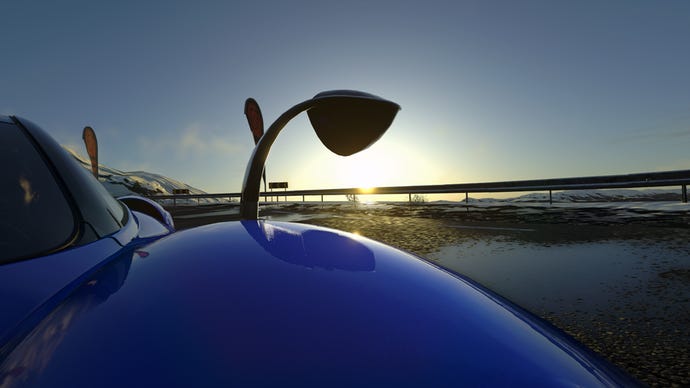









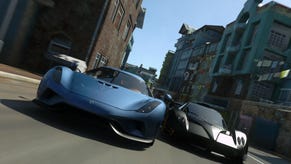
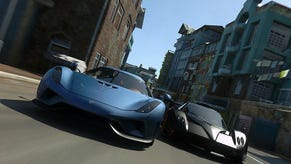
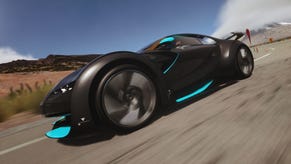

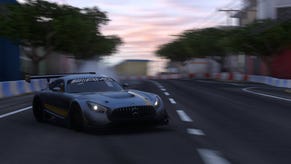
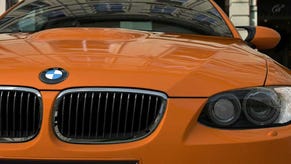

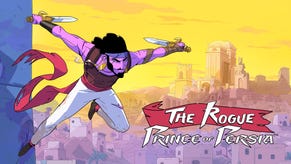
.jpg?width=291&height=164&fit=crop&quality=80&format=jpg&auto=webp)



.png?width=291&height=164&fit=crop&quality=80&format=jpg&auto=webp)
